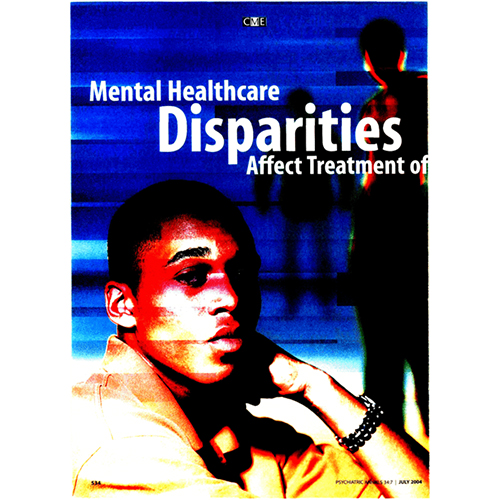Breland-Noble, A. M. (2004). Mental Healthcare Disparities Affect Treatment of Black Adolescents. Psychiatric Annals, 34(7), 534-538.
Summary
Research in the area of health disparities has increased in recent years. Various sources cite widespread differences between whites and people of color in a variety of healthcare treatment areas including cardiovascular disease, cancer, maternal and child health and mental health.1 In 2001, US Surgeon General David Satcher commissioned a report supplement to illuminate racial mental health disparities, provide empirical support to document the differences, and offer strategies for use in reducing the disparities.2 In accordance with a number of the suggestions from the Surgeon General’s report, the purpose of this article is to present a paradigm that may assist in addressing health disparities in child and adolescent psychiatric research and clinical care.
Regarding blacks and psychiatric clinical care in particular, the following discussion is presented to elucidate sociocultural (ie, nonfinancial) barriers to treatment, the unique aspects of shame and stigma that blacks associate with treatment, and black cultural mistrust of the mental health system. The focus of clinical care in this article is adolescent depression, and the Breland-Noble Model of Pathways to Psychiatric Clinical Care3 serves as the backdrop for this discussion.
Please note that in this article, the term “blacks” is being used to refer to people of various ethnic groups within the category of black (non-Hispanic), including African Americans, emigrant Caribbean Blacks, and emigrant Continental Africans in the United States.

